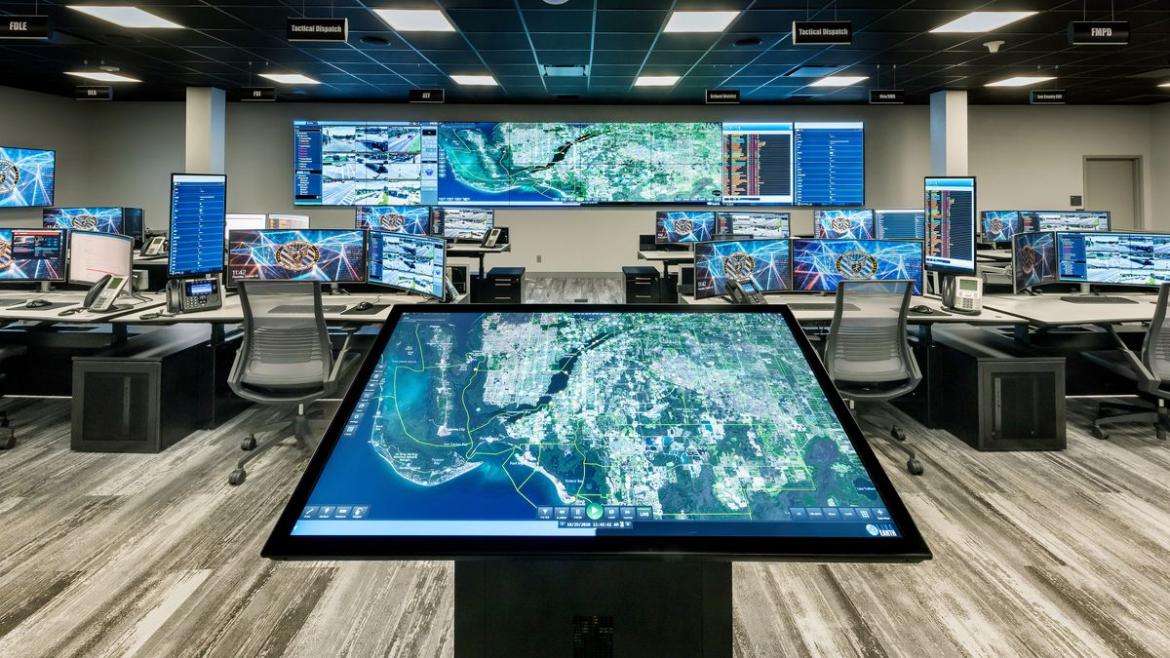Advanced Techniques for Enhancing Command Line Interface (CLI) Proficiency and Efficiency in Government Contracting
The command line interface (CLI) serves as a powerful tool for government contractors, enabling them to navigate the complexities of government contracting processes with greater efficiency and precision. By mastering advanced CLI techniques, contractors can streamline their workflows, automate repetitive tasks, and enhance their overall productivity.

Essential Techniques For CLI Efficiency:
- Utilizing Command Aliases: Create custom aliases to simplify frequently used commands, saving time and reducing the risk of errors.
- Mastering Command History: Utilize the command history feature to recall and reuse previously executed commands, eliminating the need for repetitive typing.
- Employing Tab Completion: Leverage tab completion to automatically fill in command names, file paths, and other parameters, accelerating command execution.
- Leveraging Regular Expressions: Harness the power of regular expressions to search for and manipulate text data with precision, enhancing the efficiency of data processing tasks.
- Enhancing Productivity with Shell Scripts: Automate complex tasks by creating shell scripts, reducing manual effort and minimizing the potential for human error.
Advanced CLI Techniques For Government Contracting:
- Securely Transferring Files via SCP: Utilize the secure copy protocol (SCP) to securely transfer files between systems, ensuring the confidentiality and integrity of sensitive data.
- Remotely Connecting to Servers with SSH: Establish secure remote connections to servers using SSH, enabling efficient management and troubleshooting of remote systems.
- Automating Data Extraction and Analysis: Automate the extraction and analysis of data from various sources, streamlining the process of generating insights and making informed decisions.
- Monitoring System Performance: Use CLI tools to monitor system performance metrics, proactively identifying potential issues and ensuring optimal system uptime.
- Troubleshooting Common Issues: Equip yourself with the skills to troubleshoot common CLI issues, minimizing downtime and maintaining a productive workflow.
Best Practices For CLI Security:
- Utilizing Strong Passwords: Implement strong and unique passwords for all CLI accounts, reducing the risk of unauthorized access.
- Enabling Two-Factor Authentication: Activate two-factor authentication wherever possible, adding an extra layer of security to protect against unauthorized login attempts.
- Regularly Updating Software: Keep software up to date with the latest security patches, minimizing vulnerabilities that could be exploited by attackers.
- Practicing Good Password Management: Utilize a password manager to securely store and manage passwords, reducing the risk of password compromise.
- Implementing Firewalls and Intrusion Detection Systems: Deploy firewalls and intrusion detection systems to protect systems from unauthorized access and malicious attacks.
Mastering advanced CLI techniques is essential for government contractors seeking to enhance their efficiency, automate tasks, and navigate the complexities of government contracting processes. By continuously honing their CLI skills and adhering to best practices for security, contractors can unlock the full potential of the CLI and drive success in their government contracting endeavors.
YesNo

Leave a Reply